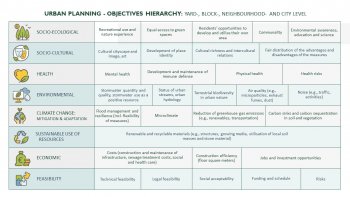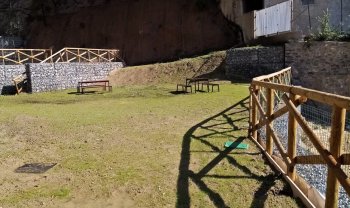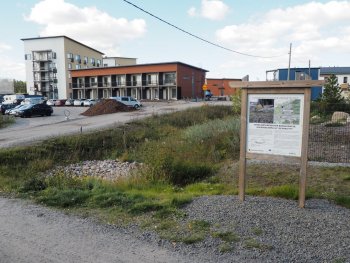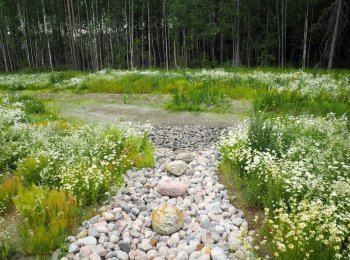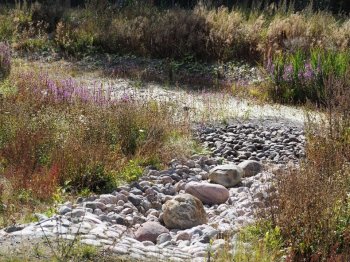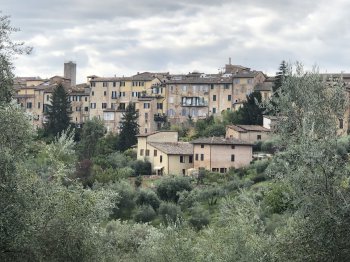NBSEduworld Case Study: ReDuna Project – Ecological restoration of sand dunes at São João da Caparica and Cova do Vapor beaches
The ReDuna project aims to restore the natural capacity of the Almada sand dune ecosystem to healthily respond to natural drivers, enhancing its resilience to sea level rise and storms, and providing an excellent teaching tool to demonstrate, in a practical way, the benefits of nature-based solutions to both residents and visitors of this beach area.


